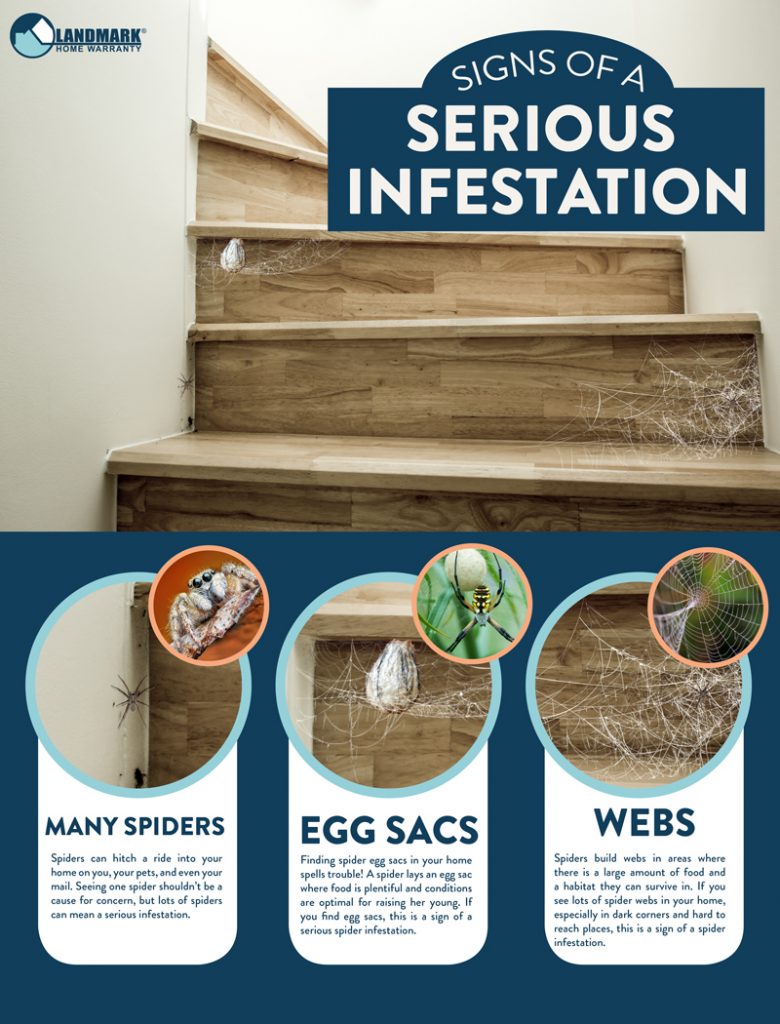If you suspect that you may have a spider infestation in your home, it’s important to know how to spot the signs of spiders and take the necessary steps to get rid of them. Knowing how to identify a spider infestation can help you protect your family and home from potential health and safety risks. In this article, we’ll explain how to know if you have a spider infestation and what to do if you do.
What are Spiders?
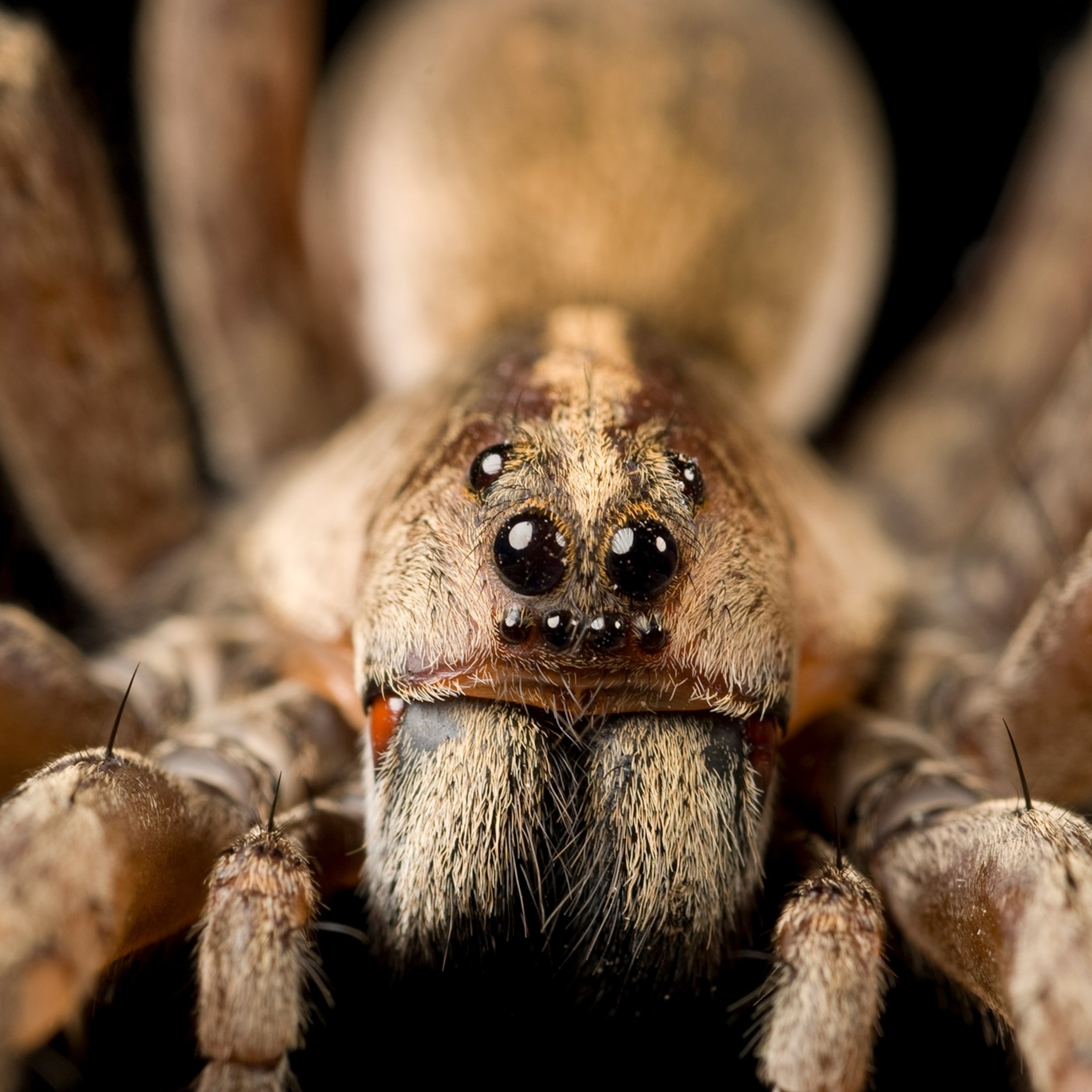
Spiders are arachnids, meaning they are related to mites, ticks, and scorpions. They have eight legs, and most have eight eyes. Most spiders have fangs and venom and use this venom to immobilize their prey. Spiders use their web to capture prey and create webs of various shapes and sizes. There are over 45,000 species of spiders worldwide, and they range in size from a fraction of an inch to over four inches in length. Most of the spiders found in the home are harmless, although there are some species of spiders that can cause harm if they are not treated properly.
What is a Spider Infestation?
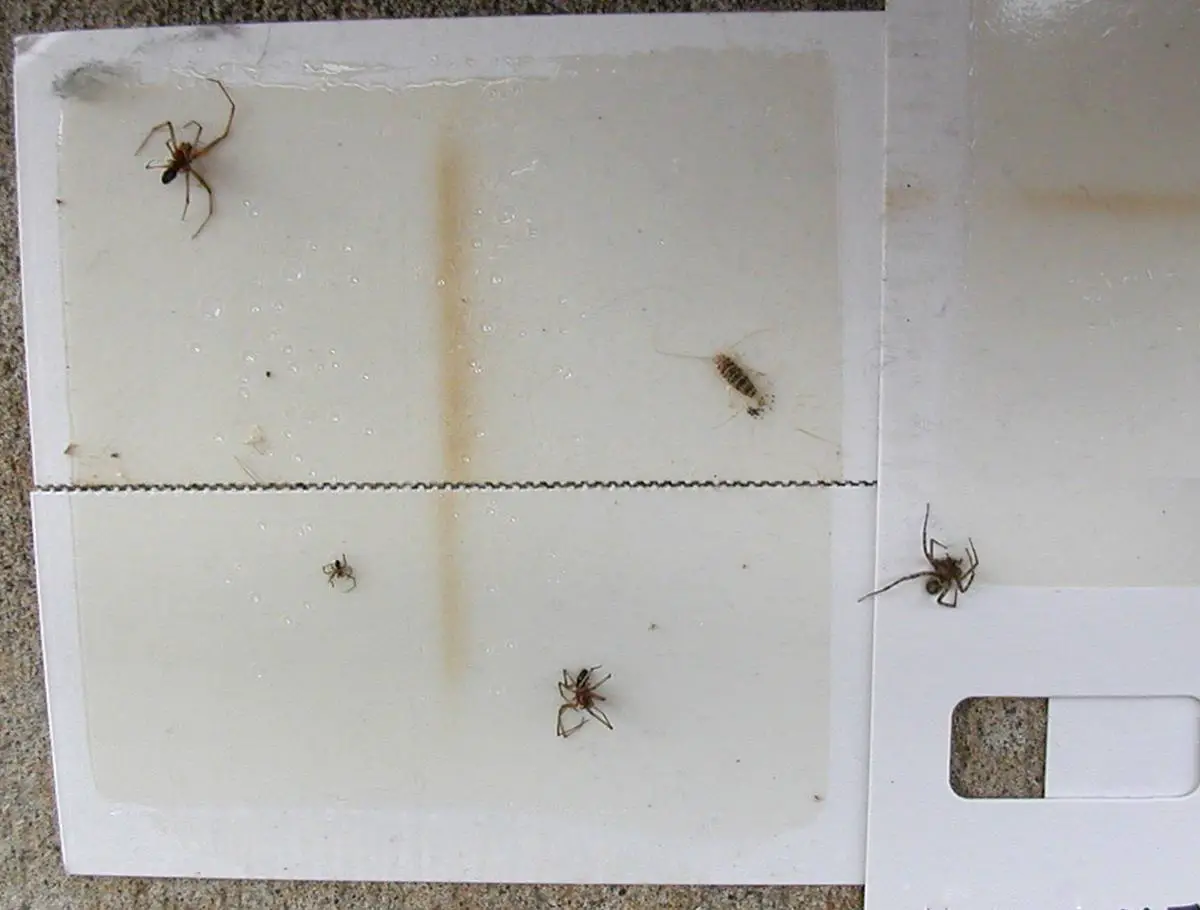
A spider infestation is an excessive population of spiders in an area. This can happen in the home, in the garden, or in any other enclosed space. It is characterized by an increase in the number of spiders, their webs, and their egg sacs. Spider infestations can be a nuisance and even a health hazard, as some spiders are venomous.
Signs of a Spider Infestation
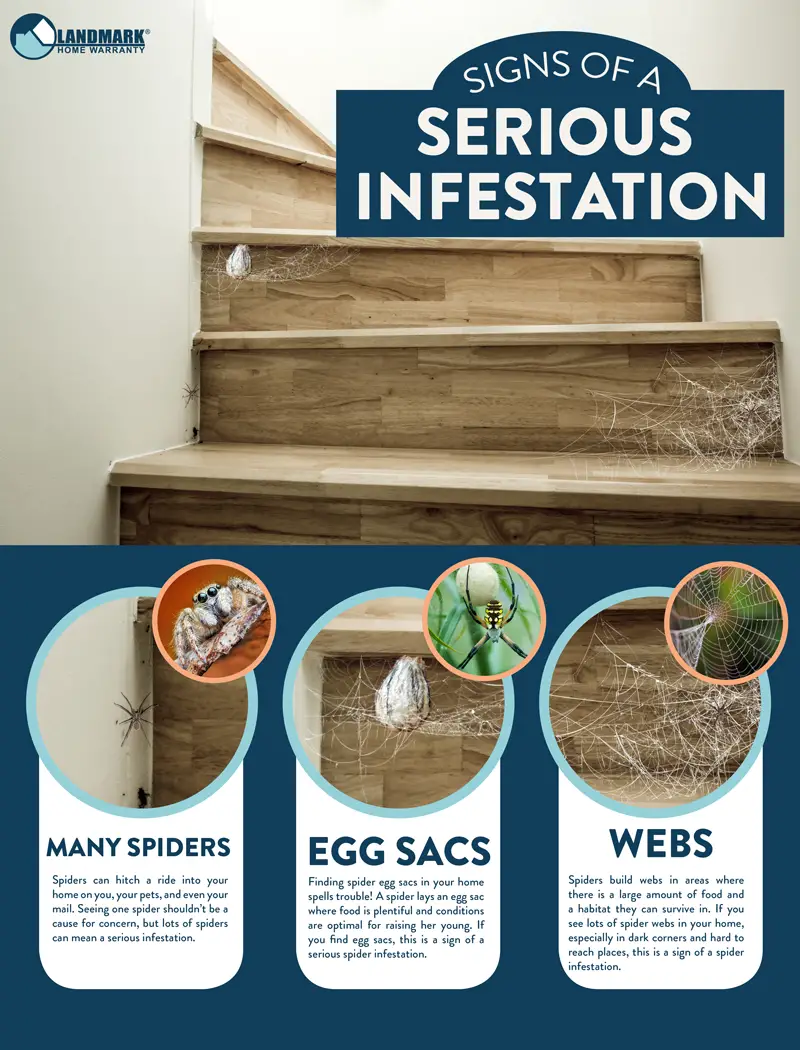
1. Seeing Spiders
The most obvious sign of a spider infestation is seeing spiders. If you spot a spider in your home, it is likely that there are more, as spiders tend to live in colonies.
2. Webs and Egg Sacs
Another sign of a spider infestation is the presence of webs and egg sacs. Spiders weave webs to catch food, and they lay eggs in silky sacs. These webs and sacs are usually found in corners and undisturbed parts of the house.
3. Spider Droppings
Spider droppings are another indicator of a spider infestation. Spider droppings are black or dark brown and have a gritty texture. They are usually found on window sills and other surfaces spiders inhabit.
Different Types of Spiders
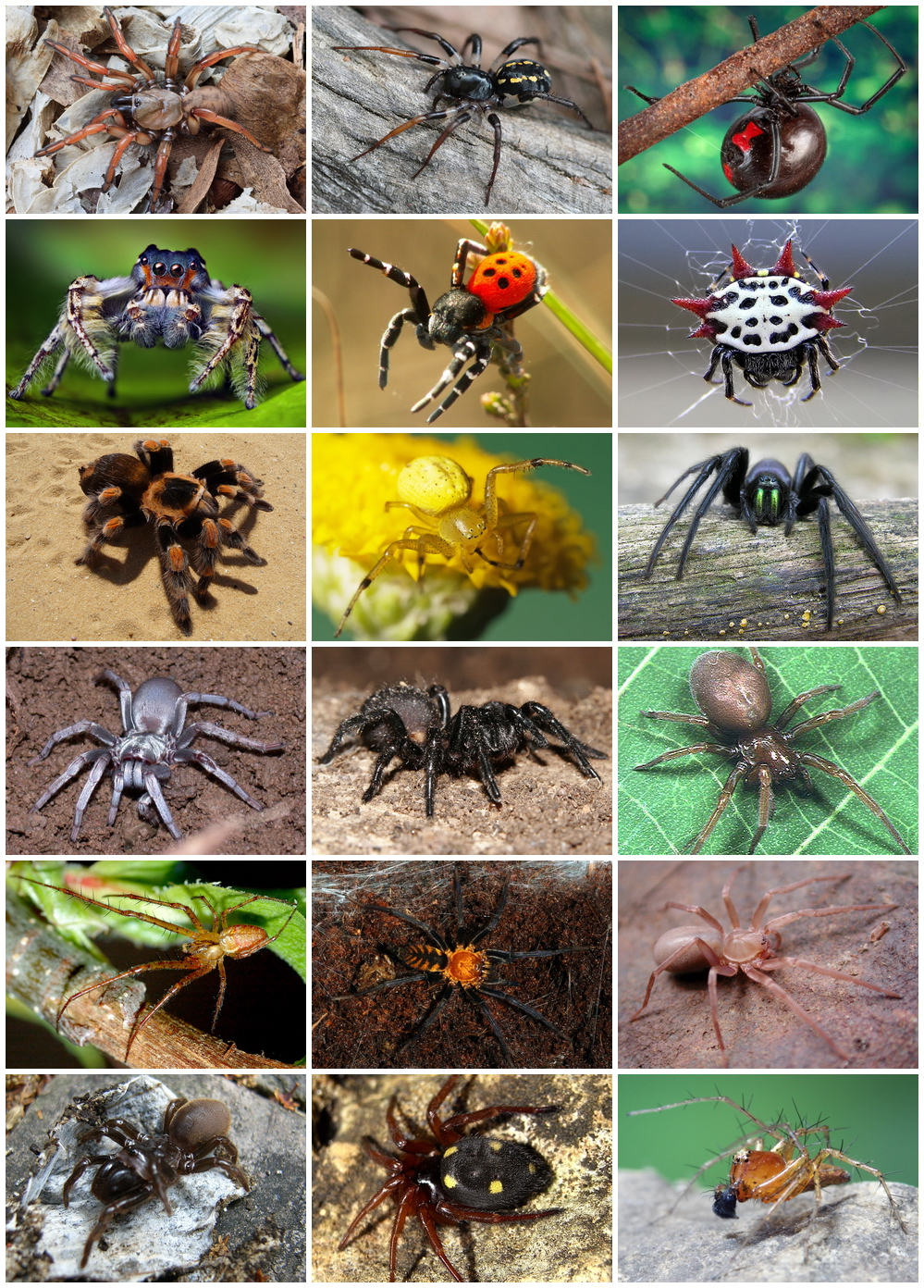
- Wolf Spiders: These spiders usually live outdoors and hunt prey. They have distinct color patterns on their backs and can be identified by their large eyes and long legs.
- House Spiders: These are the most common type of spider found in homes. They are usually small and brown in color, and have a long body and short legs.
- Jumping Spiders: These spiders have short legs and can be identified by their large eyes. They are active during the day and hunt prey by jumping on it from a distance.
- Black Widow Spiders: These are one of the most venomous spiders in the world. They have a distinctive red hourglass-shaped marking on their back and can be identified by their long legs and black bodies.
- Brown Recluse Spiders: These spiders have a distinctive violin-shaped marking on their back and are usually found in dark places. They are one of the most dangerous spiders and can cause serious injury if bitten.
- Hobo Spiders: These spiders usually live in damp and dark places. They are brown in color and can be identified by their distinctive pattern of triangles on their back.
- Tarantulas: These are large spiders that can be found in warm climates. They can be identified by their long legs and hairy bodies. They usually feed on insects and other small animals.
Prevention and Control
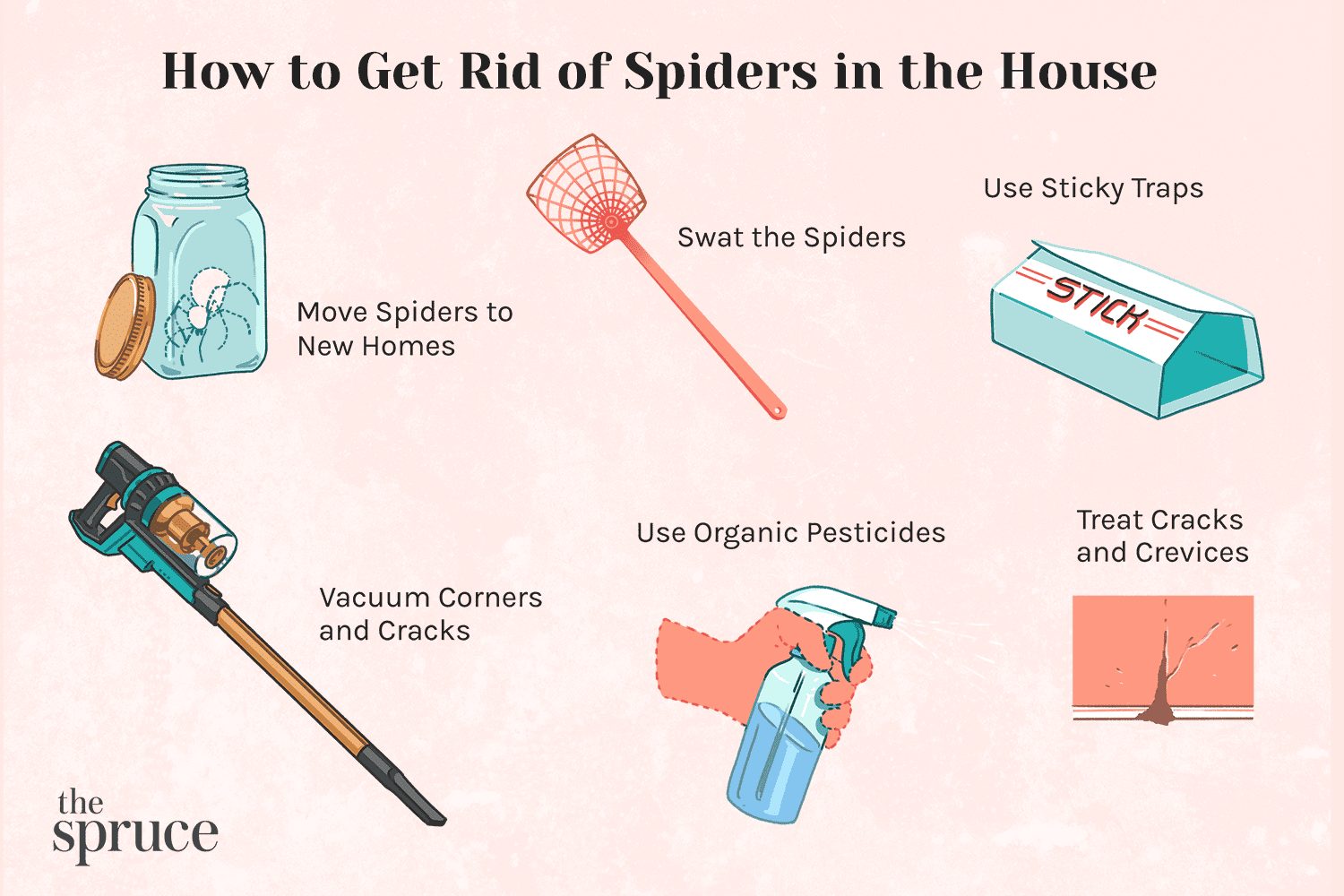
The best way to avoid a spider infestation is to take preventive measures. Start by sealing any cracks and crevices in your home where spiders may enter. Inspect the exterior of your home for openings and seal them with caulk or weatherstripping. Keep your windows and doors shut when not in use and make sure they are properly sealed. Regularly clean up any clutter, such as piles of leaves or wood, where spiders may hide. Keep your yard free of debris and discourage spiders from entering your home by eliminating other pests, such as flies and mosquitoes, which may attract them.
If you already have a spider infestation, contact a licensed pest control professional for assistance. They can assess the situation, identify the type of spider, and provide the best treatment option. Treatment options may include insecticides, vacuuming, or a combination of both. Additionally, a professional can provide advice on how to prevent future infestations.
Professional Treatment
| Treatment | Description |
|---|---|
| Pesticide Spray | A pesticide spray is used to eliminate spiders and their webs. It is applied directly to the affected area. |
| Fumigation | Fumigation is a process of releasing a gas or smoke into an area, which is then absorbed by the air and surfaces to kill spiders and other insects. |
| Gel Bait | Gel bait is a gel-based pesticide product that is injected into cracks and crevices where spiders are known to hide. It is an effective way to target and kill spiders. |
| Heat Treatment | Heat treatment is a method of eliminating spiders by raising the temperature in an affected area to a level that is lethal to the spiders. |
| Vacuuming | Vacuuming is an effective way to remove spiders, webs, and eggs. It is important to empty the vacuum after each use to prevent the spiders from returning. |
| Steam Treatment | Steam treatment is a process of using steam to kill spiders and their eggs. It is an effective way to target areas that are difficult to access with other methods. |
Professional treatment is the best way to rid your home of a spider infestation. Common treatments include pesticide spray, fumigation, gel bait, heat treatment, vacuuming, and steam treatment. Pesticide spray is applied directly to the affected area and will eliminate spiders and their webs. Fumigation is a process of releasing a gas or smoke into an area which is then absorbed by the air and surfaces to kill spiders and other insects. Gel bait is injected into cracks and crevices where spiders are known to hide and is an effective way to target and kill spiders. Heat treatment is a method of eliminating spiders by raising the temperature in an affected area to a level that is lethal to the spiders. Vacuuming is an effective way to remove spiders, webs, and eggs. It is important to empty the vacuum after each use to prevent the spiders from returning. Lastly, steam treatment is a process of using steam to kill spiders and their eggs. It is an effective way to target areas that are difficult to access with other methods.
Health Risks Associated with Spiders
- Spiders may bite humans, resulting in localized pain, swelling, and itching
- In rare cases, spider bites may result in infection, allergic reactions, and even death
- Some spiders have venom that can cause severe allergic reactions that may require medical attention
- Spiders can spread disease-causing bacteria and parasites to humans
- Spiders can cause skin irritation when they come into contact with skin
- Spiders can cause respiratory problems if their webs are inhaled
Frequently Asked Questions
What are the signs of a spider infestation?
The first and most obvious sign of a spider infestation is the presence of spiders or spider webs in the home. Other signs include the presence of egg sacs, shed spider skins, droppings, or an unpleasant musty odor. If spiders are seen entering and leaving the house, it is likely that there is an infestation inside. In addition, if the lights are on at night, there may be an increased presence of spiders in the home.
How Can I Tell if I Have a Spider Problem in My Home?
Signs of a spider infestation include webs in corners and other hard to reach places, seeing live spiders, finding egg sacs, and noticing dead spiders. If spiders are present, further investigation is needed to determine if the infestation is severe. If the infestation is severe, it is best to contact a professional pest control service to eliminate the spiders and address the source of the problem.
How can I tell if I have an infestation of spiders?
If you spot multiple spiders in your home, it is likely that you have an infestation. Spiders are usually solitary creatures, so seeing more than one or two could indicate an infestation. Other signs of a spider infestation include webs in corners of your home and finding egg sacs. You may also notice spiders in areas where you wouldn’t normally find them, such as in sinks or bathtubs. If you notice any of these signs, you should take action to get rid of the spiders.
What should I do if I Suspect a Spider Infestation?
If you suspect a spider infestation, the first step is to inspect the affected area. Look for webs, egg sacs, shed exoskeletons, and the spiders themselves. If an infestation is confirmed, contact a professional pest control company to discuss how to remove the spiders and prevent future infestations. It is important to use the right products and techniques to eradicate the spiders and help prevent future infestations.
How many spiders constitute an infestation?
The answer to this depends on the location and size of the area that is infested. Generally, if there are more than ten spiders visible in a single room, or multiple spiders in different areas, then this may indicate an infestation. Additionally, if webs are present in multiple locations, this may also suggest an infestation. If the infestation is left untreated, the number of spiders can grow quickly.
Conclusion
If you notice cobwebs, egg sacs, or spider droppings in your home, it is likely you have a spider infestation. Additionally, if you see spiders or their shed exoskeletons, it is a sign of a spider infestation. To be safe, you should contact a professional pest control service to help you identify the species of spider and to eliminate the infestation.

